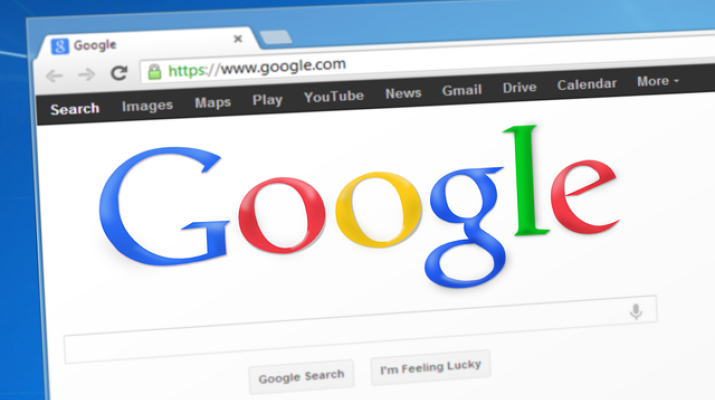Since January 2017, Google Chrome has begun warning users when they visit websites that are “Not Secure”. Find out what the warning means, and what you can do to fix it on your company website.
When it comes to web marketing, the last thing a business owner wants is a third party scaring away visitors. But if you haven’t taken some steps toward cybersecurity, you could be seeing just that.
Google Chrome “Not Secure” Warnings Hit the Web
Two months ago, Google implemented a new feature in its web browser, Google Chrome, that it says moves “towards a more secure web.” The left portion of the Chrome search bar now indicates the level of security on the destination website. Each webpage will be coded as “secure” with a green lock icon, “Not secure” with a gray i in a circle, or “Not secure” with a red warning triangle. Which icon shows up depends on how safe your website is to visit. Here’s how Google defines each icon:
Secure
“The information you send to the site will be private.”
Info or Not Secure
“The site isn't using a private connection. Someone might be able to see the information you send through this site. We suggest that you don't enter sensitive details, like passwords or credit cards.”
Not Secure or Dangerous
“We suggest you don't enter any private or personal information on this page. If possible, don't use the site.
Not secure: Proceed with caution. Something is severely wrong with the privacy of this site’s connection. Someone might be able to see the information you send through this site.
Dangerous: Avoid this site. If you see a full-page red warning screen, the site has been flagged as unsafe by Safe Browsing. Using the site will likely put your private information at risk.”
What To Do If You Get Labeled “Not Secure”
The security of each website depends on the use of a trusted security certificate. This is the difference between an HTTP heading and HTTPS. For now, “Not Secure” labels apply any time an HTTP website collects passwords or credit card information. Eventually, Google intends to mark all HTTP headings as “Not Secure”.
A “Not Secure” warning can drive traffic away from your website. You want your customers to feel safe when they make their payments. If you get labeled “Not secure” Even users who don’t plan to log in or make a purchase may believe your site is vulnerable to hacking and stay away.
The good news is that it is relatively easy for a web developer to get your website a trusted security certificate. This will convert your HTTP URL to HTTPS and get your a “Secure” rating from Google. Don’t wait to see the dreaded red triangle. Contact the web developers at Provisio Technology Solutions today and find out what you need to do to make your website secure.
